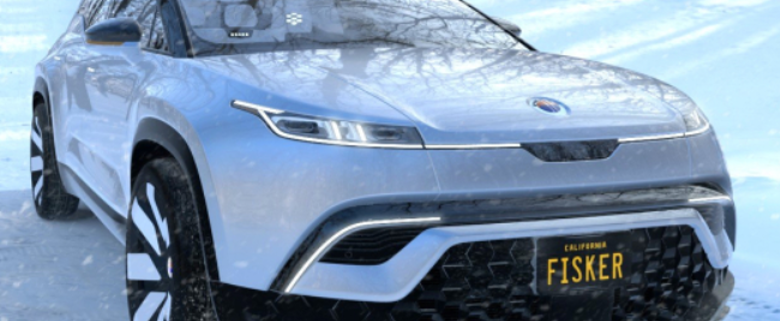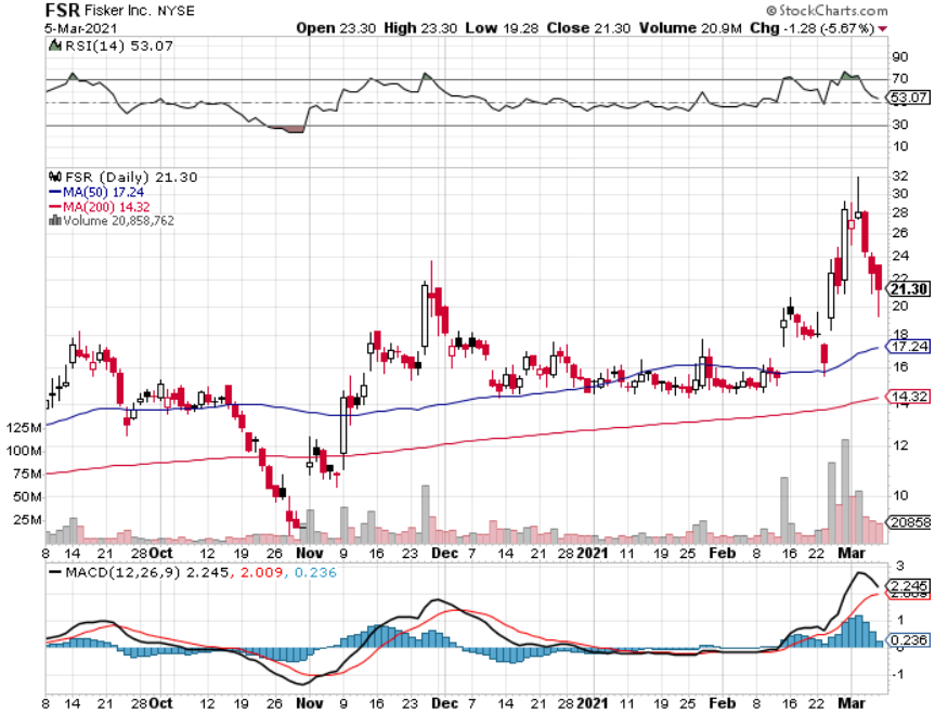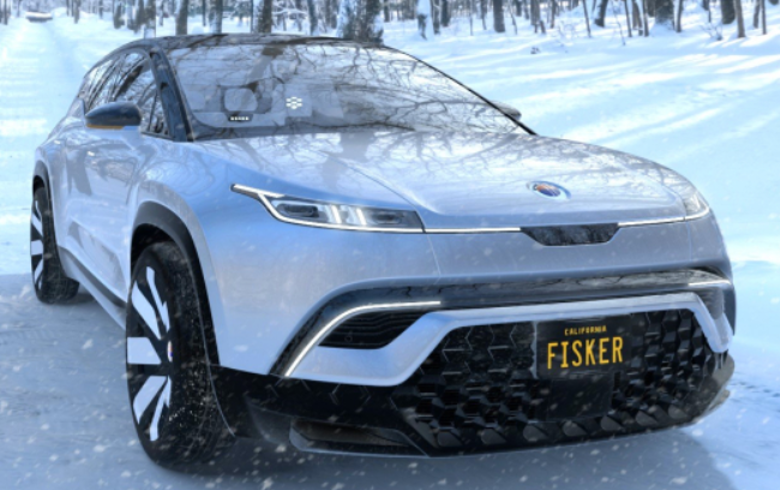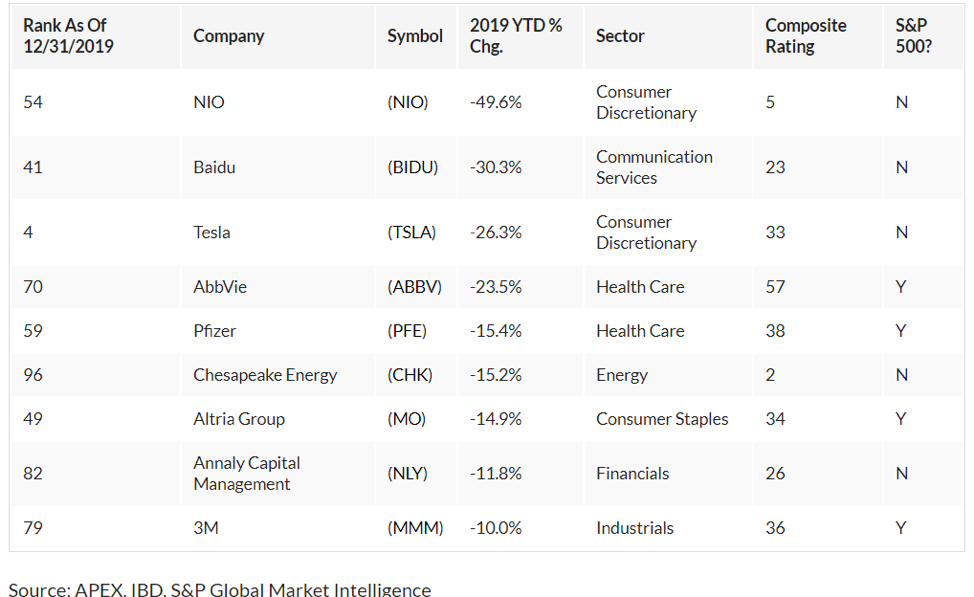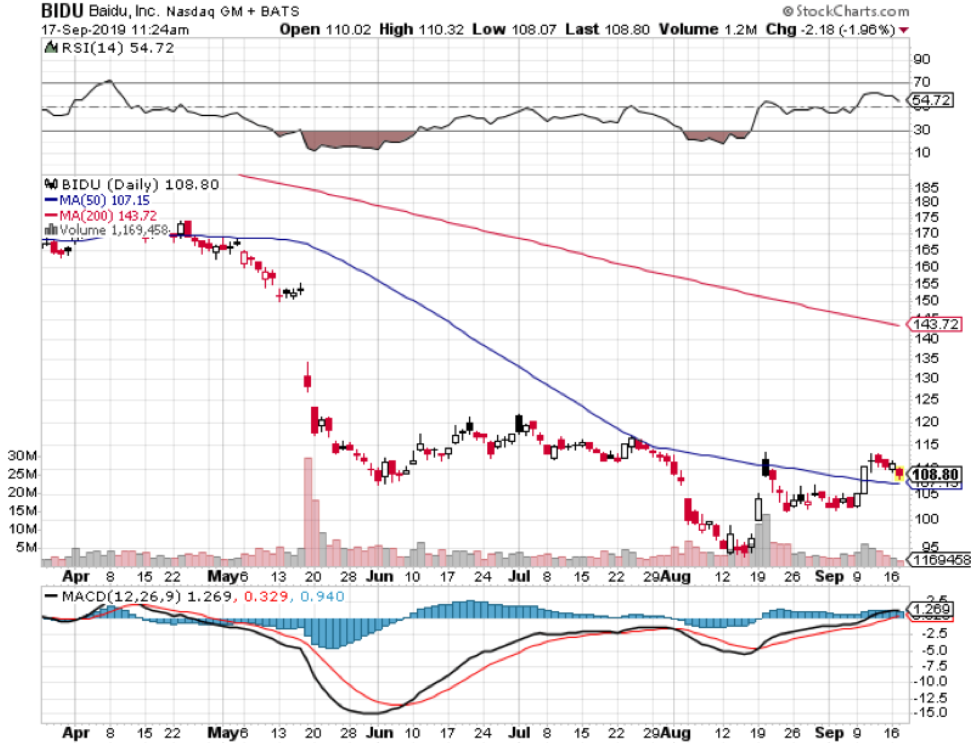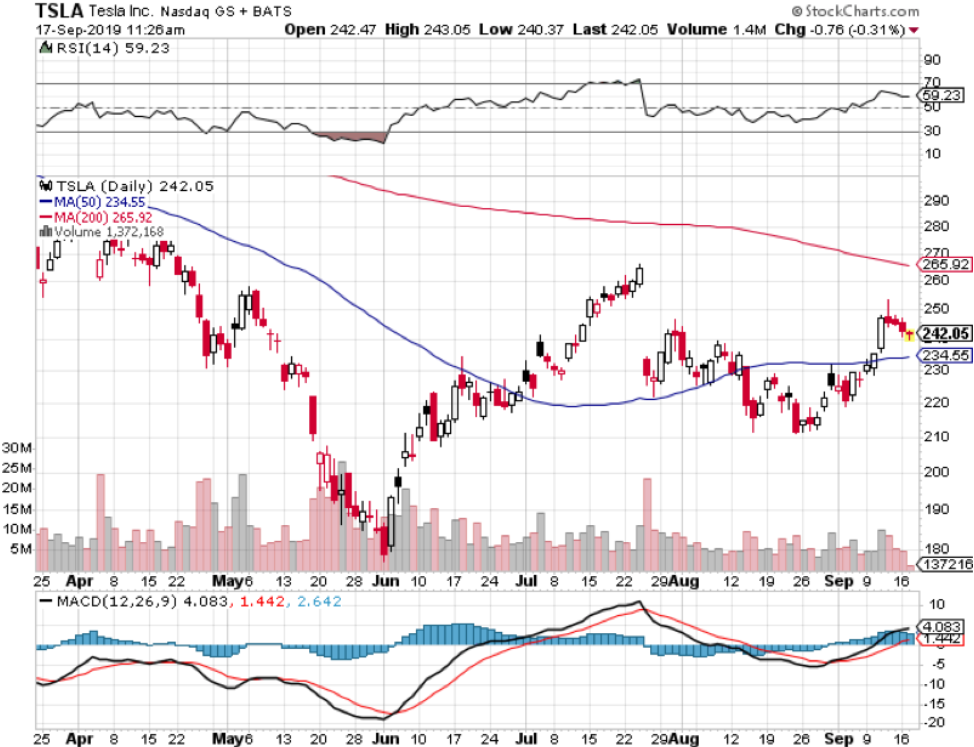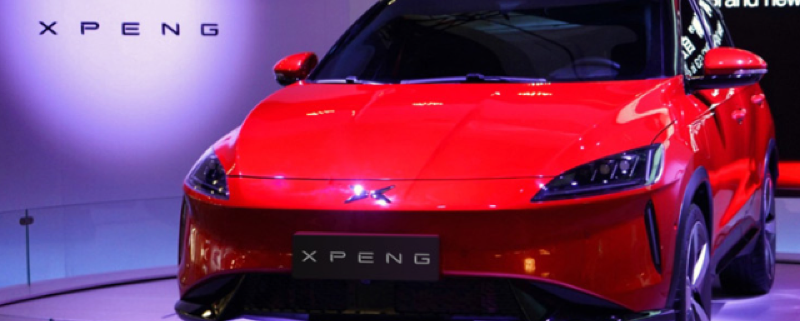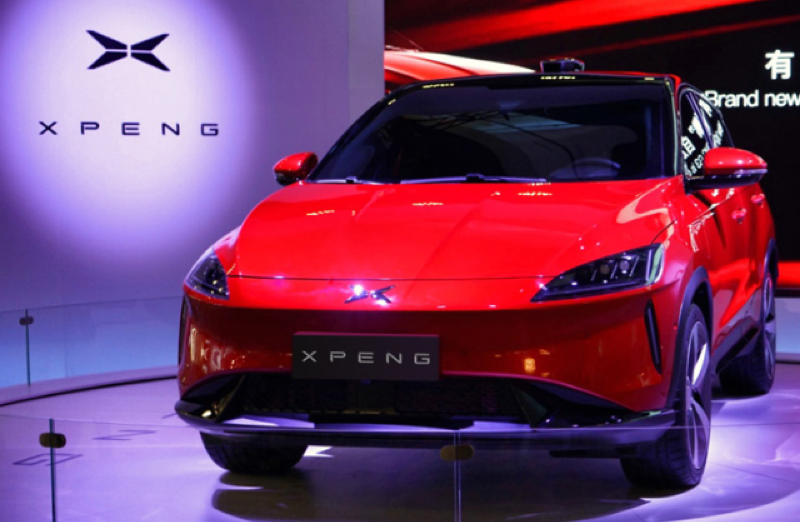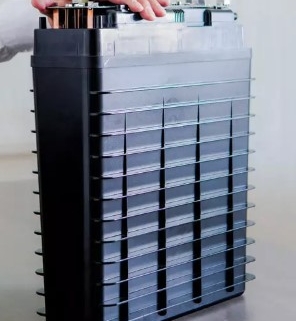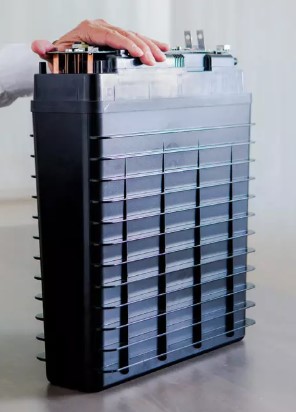The 700% gain by Tesla (TSLA) in the past 365 days has meant that this is a Tesla world and everyone else is living in it.
Not to mention they produce a magnificent car that everyone wishes they could drive.
Just look at the unusual options activity of last Friday, and the top 10 most voluminous call activity was in TSLA and Chinese electric vehicle (EV) maker NIO.
Heavy call option buying signals that derivative traders believe the underlying stock will go up in the short-term.
EVs have leaped ahead of the cloud as a derivate of the cloud that contains ultra-growth price growth in the underlying stocks.
Fortunes are being made on speculative EV bets as we speak.
The success has spawned lookalikes, charlatans, and copycat imposters that hope to mimic the same type of trajectory and business.
Infinite attempts will be made to make a crack at the Tesla narrative and to join them as the number two or three in a group of one.
One speculative bet that has a distant shot of making headway in the short to medium term is EV manufacturer Fisker (FSR).
Fisker recently made ingenious inroads to Apple’s subcontracting partner, EV Taiwanese manufacturing specialist Foxconn Technology Group.
They agreed to develop a smartphone maker Foxconn’s hoping the manufacturer’s efforts will boost its automotive capabilities at a time when technology companies including its main customer, Apple Inc., are looking to expand in vehicles.
It’s not coincidental that Foxconn’s first try to sort out the teething pains coalesces around an unknown brand like Fisker.
If plans to fortify their skills in this relatively new industry go awry, they’ll just write this one off.
The know-how and knowledge developed on the ground could also reroute Fisker’s prospects and attach it to the back of Apple’s potential 5G car.
A three-way partnership with each entity providing expertise would certainly mean a 10-fold increase in Fisker’s underlying stock or provide the ammo needed to claim itself as number 2 to Tesla.
Of course, the road is windy and long and there is no certainty that Fisker will knock the socks out of this agreement, but the parameters have been initially set for them to do well in the short-term.
The car will be built by Foxconn, targeted at multiple markets including North America, Europe, China, and India, and sold under the Fisker brand.
Production is set to start in the fourth quarter of 2023.
There is outsized risk in producing this car because Foxconn specializes in making smartphones and not cars.
They are new to the auto business and relying on collaboration and innovative manufacturing that will either go well or unravel quickly.
Fisker founder Henrik Fisker has criticized the car industry for being outdated and said, “We still talk about adopting the Toyota manufacturing system,” referring to a production and logistics concept that was developed decades ago.
Fisker plans to design and market the vehicle while Foxconn will supply the skateboard chassis and manage supply chain and assembly.
Provided they can use their smartphone know-how and flip it into car-making mode, however, in reality, it’s a tall order for the Taiwanese giant.
“Outside the box” solutions are needed to compete with Tesla and taking a speculative bet on Fisker also means believing this Foxconn partnership will work.
Shares of Fisker rose 39% on the announcement showing there is a cohort believing the risk is worth a bet because the upside is savory.
Foxconn will build more than 250,000 vehicles annually for the Fisker partnership and Founder Fisker hatched the plan when he was reading about Apple’s plans for a car. He said he began sketching what he thought a tech company would build if one went into the car business.
“It will be like nothing you’ve seen before,” Fisker said.
With still much development yet to come, Apple will take 5-7 years to launch their car and that’s if they can get their act together while caring for their main iPhone business.
Certainly, many things need to align for Fisker to score a long-term contract designing Apple smart cars, but at least they can claim to be in the same universe as Apple, even if it is a distant planet.

